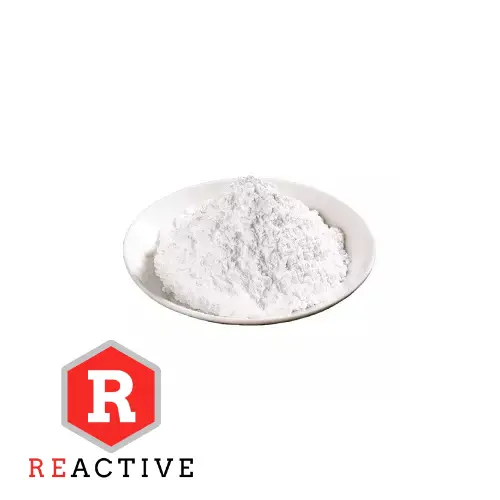
Heavy metals: Activated magnesium oxide can adsorb heavy metal ions such as lead, mercury, arsenic, and cadmium in water. These heavy metals can cause serious harm to human health, so removing them is essential for obtaining safe drinking water.
Fluoride: Activated magnesium oxide is an effective way to remove fluoride from water. Excessive fluoride can cause health problems such as dental fluorosis.
Organic matter: Activated magnesium oxide can adsorb organic matter in water, such as organic pollutants in pesticides, disinfectants, and industrial wastewater. These organic matter affects the taste and smell of water and may have adverse effects on human health.
Other impurities: Activated magnesium oxide can also remove other impurities in water, such as turbidity, color, and odor.
The mechanism by which activated magnesium oxide purifies drinking water mainly includes adsorption, precipitation, and exchange. The high surface area of activated magnesium oxide enables it to adsorb impurities and contaminants in water. In addition, activated magnesium oxide can also react with heavy metal ions in water to form insoluble precipitates, thereby removing heavy metals. Activated magnesium oxide can also exchange with other ions in water, thereby reducing water hardness and other indicators.
The effectiveness of activated magnesium oxide in purifying drinking water depends on many factors, including water quality, the amount of activated magnesium oxide used, and treatment conditions. Generally speaking, activated magnesium oxide has a good effect on the removal of heavy metals, fluorides, and other impurities.
The advantages of activated magnesium oxide in purifying drinking water include:
High efficiency: activated magnesium oxide can quickly and effectively remove impurities and pollutants from water.
Low cost: activated magnesium oxide is a relatively cheap material.
Simple operation: The purification process of activated magnesium oxide is simple and easy.
Safety: activated magnesium oxide is a non-toxic and safe material for the human body.
The disadvantages of activated magnesium oxide in purifying drinking water include:
Regeneration is required: activated magnesium oxide loses its adsorption capacity after a period of use and needs to be regenerated or replaced.
May increase the pH value of water: activated magnesium oxide dissolves in water to produce magnesium hydroxide, which causes the pH value of water to increase.
Possible secondary pollution: If activated magnesium oxide contains impurities, it may cause secondary pollution.
In general, activated magnesium oxide is an effective drinking water purifier with the advantages of high efficiency, low cost, and simple operation. However, when using activated magnesium oxide to purify drinking water, it is also necessary to pay attention to its potential disadvantages and take measures to address them.
Here are some precautions about using activated magnesium oxide to purify drinking water:
Choose the right activated magnesium oxide product: The quality and performance of activated magnesium oxide vary greatly, so careful consideration should be given when selecting a product.
Determine the dosage based on water quality: The dosage of activated magnesium oxide should be determined based on the water quality. Generally speaking, the worse the water quality, the more dosage is required.
Pay attention to regeneration or replacement: Activated magnesium oxide loses its adsorption capacity after a period of use and needs to be regenerated or replaced.
Monitor the pH of the water: If the pH of the water is found to be elevated, measures can be taken to lower the pH.
Prevent secondary contamination: Activated magnesium oxide products that meet food safety standards should be used, and attention should be paid to storage and use conditions.

